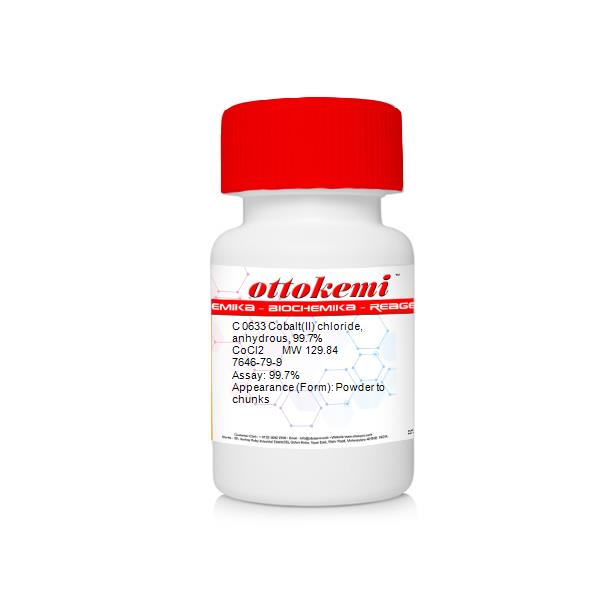

FeCl3 molecular liquid complex is the predominant species in equilibrium with POCl3 and iron chloride at temperatures around 500 K.FeCl3 gas-phase complex suggest, in agreement with the Raman data, that complexing occurs through oxygen bridging.The energies of the M�L charge-transfer transitions in the electronic absorption spectra of the POCl3

The data indicate a C3v symmetry for the POCl3 FeCl3) with characteristic vibrational bands at 95, 362, 530, 12 cm–1.A comparison of the spectral features of the POCl3–FeCl3 vapours with those of the POCl3–FeCl3 molten mixtures at 525 K indicates that the gas-phase complex has a 1 : 1 stoichiometry (POCl3 Raman spectra were also measured for molten POCl3–FeCl3 salt mixtures. Raman and UV/VIS spectra were obtained at temperatures up to 625 K for the gas-phase complex formed over POCl3–FeCl3 molten mixtures under static equilibrium conditions. The Raman spectral features indicate that the vapor complex is formed according to the reaction: Re3Cl9(s)+3/2Al2Cl6(g)↔Re3Cl9(AlCl3)3(g). Raman bands for the Re–Re stretching vibration are observed at 260 cm−1 for gaseous Re3Cl9 and 264 cm−1 for the Re–Al–Cl vapor complex.

The existence of a Re3 cluster can be inferred from the Raman spectra for both Re3Cl9(g) and the Re–Al–Cl vapor complex formed in the binary system. Were recorded at temperatures up to 825 K in order to study the structural and vibrational properties of the rhenium(III) containing gaseous species. Raman spectra of Re3Cl9 vapors and vapors of the binary system Re3Cl9–Al2Cl6 The data obtained were used: (a) to measure the molar absorptivity of Re3Cl9 vapors (b) to determine the vapor pressure of solid rhenium(III) chloride in the temperature range 675–825 K and (c) to establish the thermodynamic functions of the vaporization Re3Cl9(s)↔Re3Cl9(g): ΔHo=199☙ kJ mol−1, ΔSo=221☑3 J mol−1 K−1. The colored vapors over solid rhenium(III) chloride, Re3Cl9(s), have been investigated spectrophotometrically at temperatures up to 825 K. of CoCl2 something smaller with L Ga may be traced back on uncertainties concerning the Ga2Cl6 dissociation, and with L Fe they may be traced back on the incorporation of FeCl2 into MCl2,s.SiCl4 and TiCl4 cause no noticable transport of CoCl2 or CuCl2 in a temperature gradient, which leads to a short bond consideration.PCl5 and TaCl5 cause the transport of small amounts of CoCl2.U2Cl10/UCl5 are able to transport a remarkable amount of CaCl2 and CoCl2, respectively. Comparative Study on the Suitability of Al2Cl6, Ga2Cl6, In2Cl6, Fe2Cl6, SiCl4, TiCl4, PCl5, TaCl5, and U2Cl10 as Complex FormerThe thermodynamic data for reactions of the type MCl2,s + L2Cl6,g = ML2Cl8,g are – as expected – nearly independent on L(Al, Ga, In, Fe). von CoCl2) mit L Ga können auf Unsicherheiten in der Ga2Cl6-Dissoziation, und mit L Fe auf den Einbau von FeCl2 in den MCl2-Bodenkörper zurückgeführt werden.SiCl4 und TiCl4 transportieren CoCl2 oder CuCl2 im Temperaturgefälle nicht merklich, was zu einer kurzen Bindungsbetrachtung führt.PCl5 und TaCl5 transportieren CoCl2 nur in sehr geringer Menge.U2Cl10/UCl5 verursacht einen bemerkenswerten Transport von CaCl2 und CoCl2.Formation of Gaseous MCl2 Complexes. Die thermodynamischen Werte für die Reaktionen MCl2,f + L2Cl6,g = ML2Cl8,g sind erwartungsgemäß nahezu abhängig von L(Al, Ga, In, Fe).


 0 kommentar(er)
0 kommentar(er)
